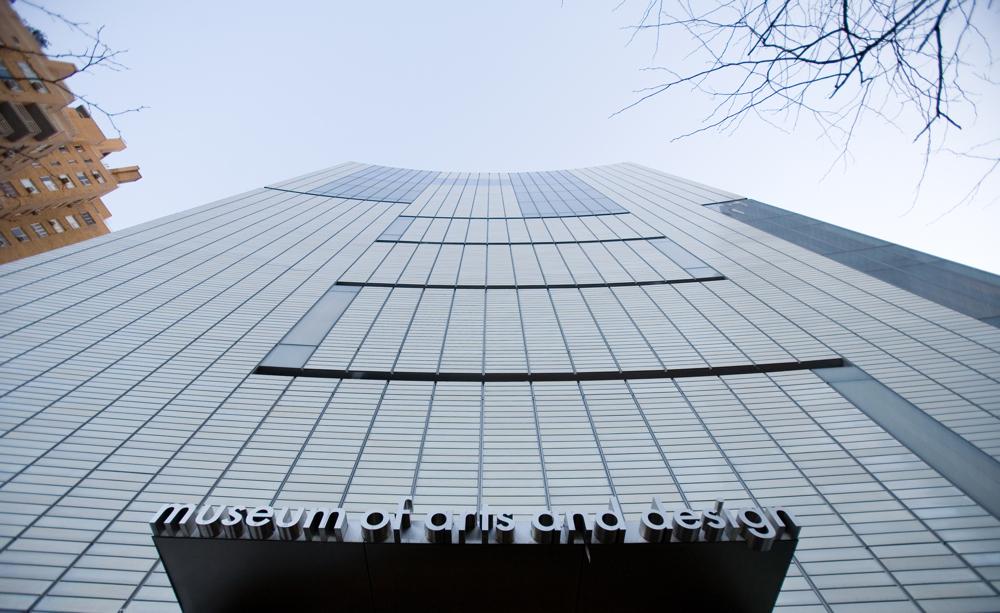Apr 27 2017 - Aug 6 2017
New York City, NY
In 2015, fashion trend forecaster and authority Li Edelkoort declared “the end of Fashion as we know it,” and in her “manifesto for the next decade” provided “ten reasons why the fashion system is obsolete.” In doing so, she echoed a sentiment shared by fashion industry insiders, journalists, pundits, and scholars alike — from reporter Teri Agins, author of the 2000 book The End of Fashion, to fashion theorist Barbara Vinken, who coined the term “postfashion” to describe the contemporary zeitgeist. As the world of fashion continues to evolve, the term “fashion” itself demands redefinition. fashion after Fashion takes up this call, seeking a new understanding of fashion that accommodates a wider range of practices and ideologies.
The exhibition presents the work of six designers who are thinking — and making us think — about fashion anew. Featuring some of the most innovative work being produced in the context of contemporary fashion, fashion after Fashion focuses on commissioned, site-sensitive installations to offer an experience that is as immersive and affective as it is mentally stimulating. It presents fashion as an expanded field of practice that is determined by concept and context, and whose practitioners work collaboratively and creatively between and across areas of design and art.
The exhibition’s use of “fashion” (in the lowercase) signals a more reflective, concerned, attentive, creative process that is not determined solely by commerce, the market, and trends. Independently and collectively, the practitioners included in fashion after Fashion call into question the state and nature of Fashion (in the uppercase) and challenge some of its main constructs, including the myth of the individual star designer, short-lived and commodity-driven products, gendered dressing, ideal bodies, and waste. Their work demonstrates the need to diversify the term “fashion” in order to encompass new types of contemporary practice that acknowledge intention, ideas, and process and offer greater creative potential to both the designer and the consumer.
These practitioners speak with authority; all are designers with backgrounds in fashion, yet their work demonstrates how contemporary practitioners are increasingly drawing upon interrelated stimuli and methodologies. Lucy Jones considers body types that would typically be left out of fashion practices and conversations. Eckhaus Latta works in more liminal and virtual spaces — the New York of real people and things, beyond the “fashion city” of runways and fashion weeks. Henrik Vibskov refocuses attention on the body in movement and on relationships between fashion and time. Ryohei Kawanishi delves into the fashion system to offer new perspectives. SSAW challenges norms of body and gender, and ideals of beauty. And ensæmble raises questions about origins, authorship, and the nature of fashion’s objects.
Credit: Exhibition overview from museum website.
Exhibition Venues & Dates
Apr 27 2017 - Aug 6 2017
New York City, NY
